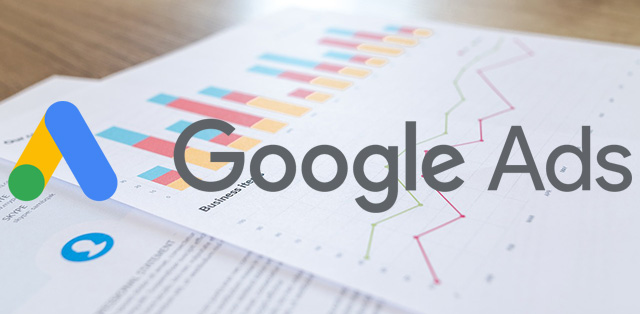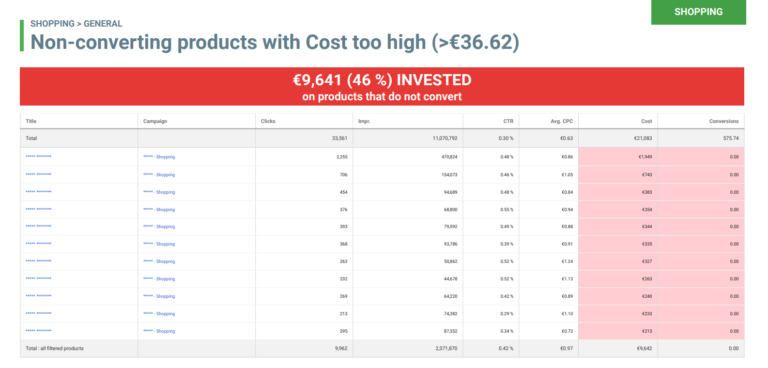Responsive search ads now the default in Google Ads

Google announced today that RSAs will officially become the default ad type for Search campaigns in Google Ads, though expanded text ads can still be created.
RSAs allow advertisers to input multiple headlines and ad copy variations, and Google Ads uses machine learning to determine which variations to use based on what queries people are searching for. The variations are tested to determine which combinations perform best. The Ad strength score lets search marketers understand how to improve their RSAs for better performance.
Move to machine learning. Automation is becoming the name of the game for ads platforms as they integrate machine learning and AI to improve campaign performance and outcomes. Google touts that changing consumer behavior also means that responsive ads give advertisers the best chance to be competitive in the changing search marketing landscape. “We think it will improve flexibility and performance for advertisers, improving clicks and conversions up to 10%. It also gives advertisers more flexibility to address changing market environments due to the pandemic and save time,” said a Google spokesperson.
Focus on metrics. “With the introduction of RSAs, Google began encouraging advertisers to move away from ‘overly fixating’ on click-through and conversion rates and instead focus on the incremental lift in clicks and conversions from RSAs,” said Ginny Marvin in Search Engine Land. But keyword metrics and click data are still a benchmark for many advertisers who balk at the idea of an RSA-only search marketing landscape. Plus, the loss of the combination of all the data together seems to be what’s hitting data-driven ads managers the most. Many PPC marketers note that RSAs often outperform ETAs–though that varies based on individual implementation according to many search marketers we spoke to.
Best practices. Google recommends that advertisers not using RSAs currently consider the following best practices:
- Use Ad strength when writing your headlines and descriptions to understand the effectiveness of your ads.
- Take advantage of location insertion and countdown customizers to show ads that are relevant and meaningful to your customers.
- Use Smart Bidding and broad match keywords with responsive search ads to help optimize the performance of your ads while maximizing your reach.
- Review cross-campaign asset reporting to understand which creative assets resonate most with your customers.
Why we care. In a #PPCChat discussion on the topic in September, many paid search marketers complained that RSAs “don’t give us any data on what works,” tweeted Daniel Vardi, PPC Product Manager at (un)Common Logic. #PPCChat host Julie Bacchini also said, “RSAs in Google Ads don’t consider things like, ‘Why would you need information about what your ads are doing to think about what you’re doing with keywords? And how I probably want to apply that to what I’m saying on my landing page.”
Google addresses these PPC marketers’ concerns about a lack of insight into important metrics by directing marketers to the assets tab: “Advertisers still have full stats at the ad level so we are not taking away any data. We introduced a new concept (assets) and that’s where we have the performance ratings but we didn’t take away the stats they already have,” said the Google rep.
Some marketers say that implementation of RSAs versus ETAs is often harder in organizations with rigorous legal and stakeholder approval processes. The Google spokesperson we talked to said that “Advertisers will still have the option to create expanded text ads or pin headlines and/or descriptions if they choose to do so.”
A Search Engine Land analysis by Frederick Vallaeys frames the debate well: “RSAs are capable of being great ads and they deserve a chance in any account. They’re not a magic wand for ad optimization and still require human optimization.”
Author:
Carolyn Lyden serves as the Director of Search Content for Search Engine Land and SMX. With expertise in SEO, content marketing, local search, and analytics, she focuses on making marketers’ jobs easier with important news and educational content.










